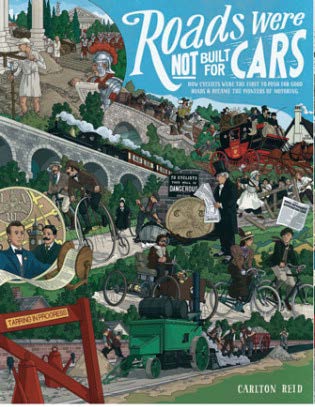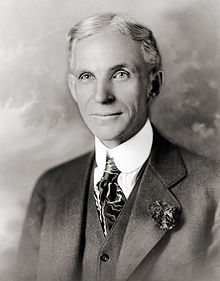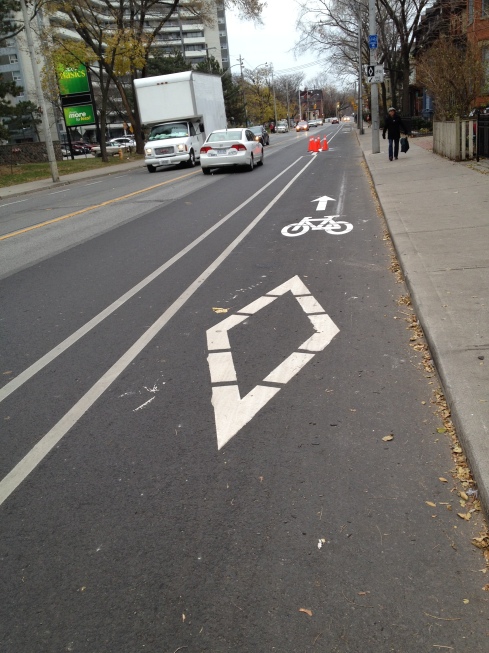In 1973, the industrialized world was swept by wave after wave of crisis. US oil production was declining, and the country was reeling from the results of the collapse in 1971 of the Bretton Woods Accord, that had pegged the dollar to gold. The floating currencies depreciated, and when OPEC linked the price of oil to gold, the resulting increases were called the “Oil Shock.”

The nominal and real price of oil from 1861-2015. For more than a century, the price of oil had been declining.
In October 1973, the Shah of Iran threatened to increase the price of oil dramatically, and when the US airlifted weapons to Isreal in the middle of the Yom Kippur War, OPEC responded with a 70% increase in the price of oil, then with an embargo on the US. The price of oil rose from $3 to $12 per barrel, and the industrialized world would feel the collective effects for over a decade. The terms of the struggle over oil had been set, and from now on there was no denying that the age of oil would not last forever.

On top of that, the Club of Rome had published its wildly popular document, The Limits to Growth in the previous year. Computer simulation dramatically demonstrated the fallacy in assuming that economic growth could continue indefinitely in a context of growing populations and limited resources.
In March 1973, Scientific American carried an article by the Oxford engineer (not the screenwriter) S. S. Wilson, entitled “Bicycle Technology.” Wilson describes the bicycle as a “humane and efficient machine” that played a central role in the evolution of the ball bearing, the pneumatic tire, tubular construction and the automobile and the airplane.

One remarkable piece of information in Wilson’s study is that a human on a bicycle is the most efficient moving machine among living creatures.

If we count the amount of energy consumed in order to carry the same weight the same distance, the bicycle is more efficient than the automobile, more efficient than the airplane (unfortunately, trains are not measured here). But when you ride your bicycle, you are also more efficient than a pedestrian, or a horse, a sheep or a dog. You are even more efficient than a salmon swimming upstream.










